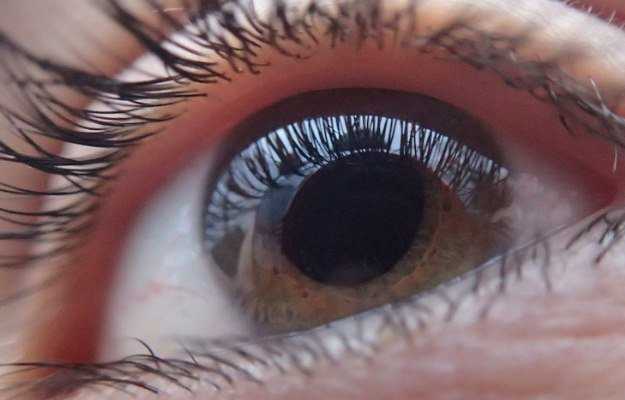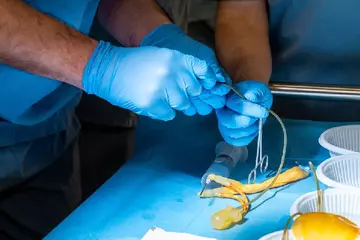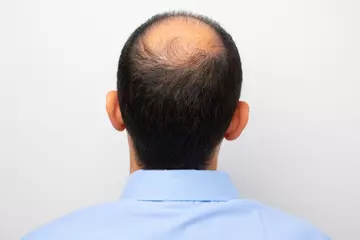What is miosis?
In an eye with miosis, the pupil (black centre) remains constricted due to excessive contraction of the sphincter muscle present in the iris of the eye. Paralysis of the dilator pupillae muscle of the eye can also cause miosis. Miosis typically results from an underlying disease or due to some medications like narcotics and opioids.
What are its main associated signs and symptoms?
The main signs and symptoms associated with miosis are:
- Vomiting
- Difficulty in breathing
- Blurred vision
- Delirium
- Nausea
- Headache
- Sleepiness
- Pain
- Lack of alertness
- Confusion
What are the main causes?
The main causes of miosis are:
- Addiction to opioid drugs
- Brain haemorrhage
- Farsightedness
- Severe vitamin D deficiency
- Neurosyphilis (a bacterial infection in the eye that results from untreated syphilis)
- Age (new-borns and elderly people)
- Congenital defect
- Irritation in the sympathetic nerve that travels to the fibres of the iris
- Lesion in the nerve that connects with the sympathetic nervous system of the iris
- Horner’s syndrome (a syndrome that typically shows miosis as one of its symptoms)
- Swelling in the eye
- A lesion in the trigeminal nerve
How is it diagnosed and treated?
Miosis is diagnosed using the following methods:
An ophthalmologist will examine and measure the shrinking and dilation of the pupils in response to the intensity of light. To rule out Horner’s syndrome, the doctor may order neck, chest or brain imaging tests like CT scan and MRI. Fluorescent treponemal antibody absorption (FTA-ABS) and VDRL tests are done to check for neurosyphilis.
Miosis is treated using the following methods:
- Surgery to remove a tumour or lesion present in the eye
- Chemotherapy and radiation for malignant tumours in the eye
- Argon laser photo-mydriasis
- Pupil expanding devices, for example, pupil dilator and pupillary rings to prevent miosis during an eye surgery
- Atropine or homatropine eye drops
- Sphincterotomy procedure
- Changing medications that cause eye miosis
- Rehabilitation for people addicted to opiates
















